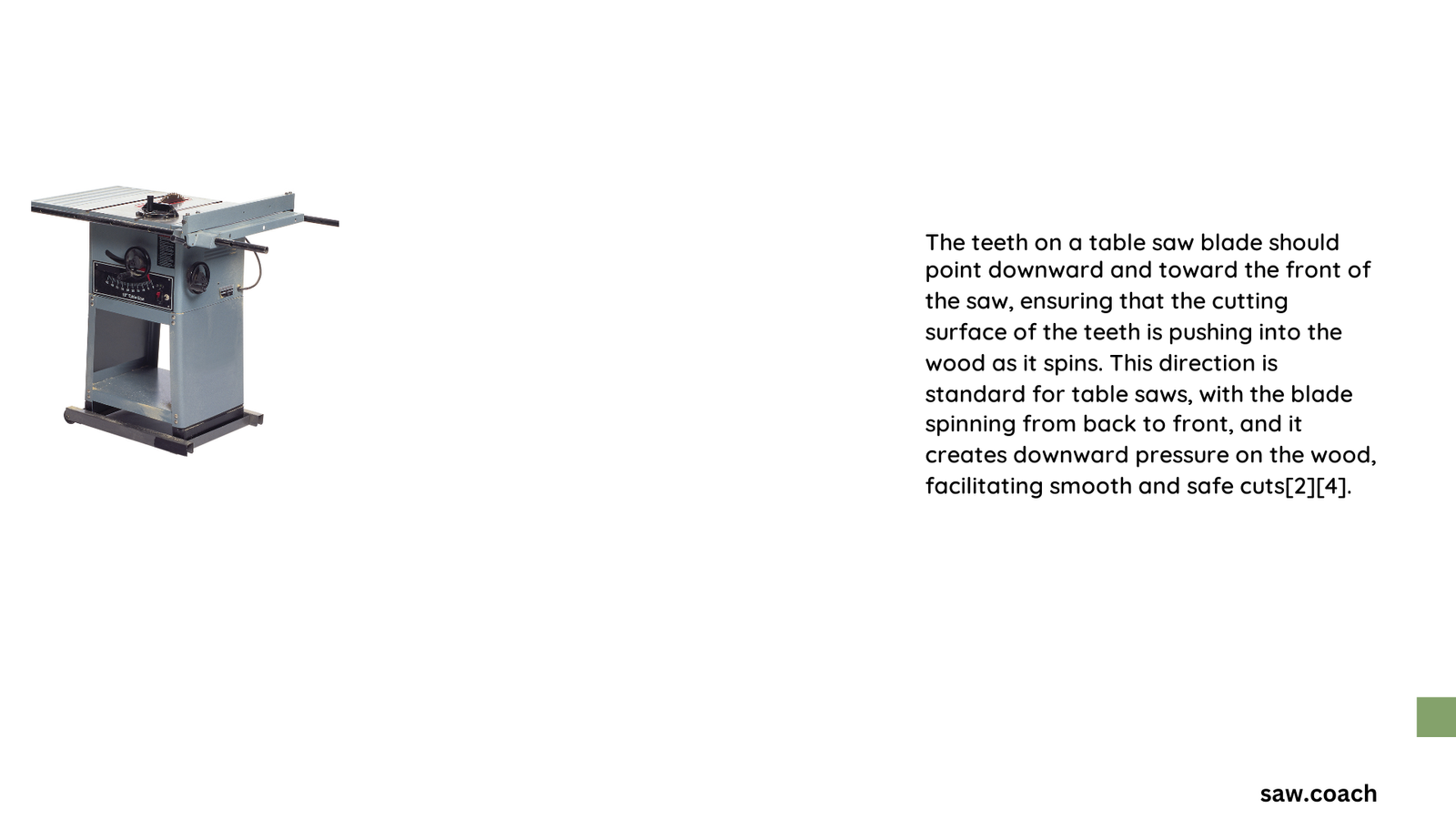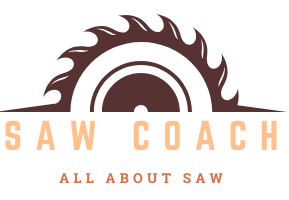When operating a table saw, understanding the correct blade tooth orientation is crucial for safety, precision, and cutting performance. Improper blade positioning can lead to dangerous kickbacks, poor cut quality, and potential equipment damage. Woodworkers must ensure that saw blade teeth are positioned to cut efficiently, moving from the back of the saw towards the front, with sharp edges facing the operator.
What Determines the Correct Blade Tooth Direction?
Table saw blades have a specific rotational direction that dictates how teeth should be positioned. The fundamental principles of blade orientation include:
How Do Blade Teeth Impact Cutting Performance?
- Rotation Direction
- Blade spins from back to front of the saw
- Teeth must point in the direction of rotation
-
Sharp cutting edges should face towards the operator
-
Orientation Indicators
- Look for manufacturer’s lettering on blade
- Typically, lettering on left-hand side of arbor indicates correct positioning
- Rounded back of tooth area should face away from operator
What Happens with Incorrect Blade Tooth Positioning?
| Incorrect Orientation | Potential Consequences |
|---|---|
| Teeth facing wrong direction | Increased kickback risk |
| Improper tooth angle | Reduced cutting efficiency |
| Misaligned blade | Poor wood surface finish |
Why Precise Blade Tooth Alignment Matters

Proper blade tooth orientation ensures:
– Maximum cutting safety
– Optimal material removal
– Minimal wood tearout
– Extended blade lifespan
How to Install Table Saw Blade Correctly?
Step-by-Step Installation Process:
1. Unplug the table saw
2. Remove existing blade carefully
3. Inspect new blade for damage
4. Align teeth towards operator
5. Ensure lettering faces left side of arbor
6. Tighten arbor nut to manufacturer’s specifications
7. Check blade alignment using precision square
What Factors Influence Blade Tooth Positioning?
Several critical factors determine ideal blade tooth orientation:
- Material Type
- Hardwood requires different tooth angles than softwood
- Plywood needs specialized blade configurations
-
Composite materials demand specific tooth geometries
-
Cutting Application
- Ripping requires lower hook angles (10-15°)
- Crosscutting needs higher hook angles (20-40°)
- Specialized cuts demand precise tooth positioning
Pro Tips for Blade Tooth Orientation
- Always wear safety glasses
- Use push sticks for additional protection
- Regularly inspect blade for wear
- Maintain consistent blade height
- Clean blade after each use
Technical Considerations for Blade Tooth Positioning
Professional woodworkers understand that blade tooth orientation involves more than simple direction. Considerations include:
– Tooth geometry
– Hook angle
– Gullet depth
– Material compatibility
– Cutting speed requirements
By mastering these nuanced aspects of table saw blade positioning, woodworkers can achieve superior cutting results while maintaining the highest safety standards.
Warning: Incorrect blade orientation can cause serious injury. When in doubt, consult manufacturer guidelines or seek professional advice.
Final Recommendations
- Always prioritize safety
- Inspect blade before each use
- Follow manufacturer instructions
- Use appropriate blade for specific tasks
References:
– Table Saw Safety Guidelines
– Blade Orientation Technical Manual
– Professional Woodworking Resources
